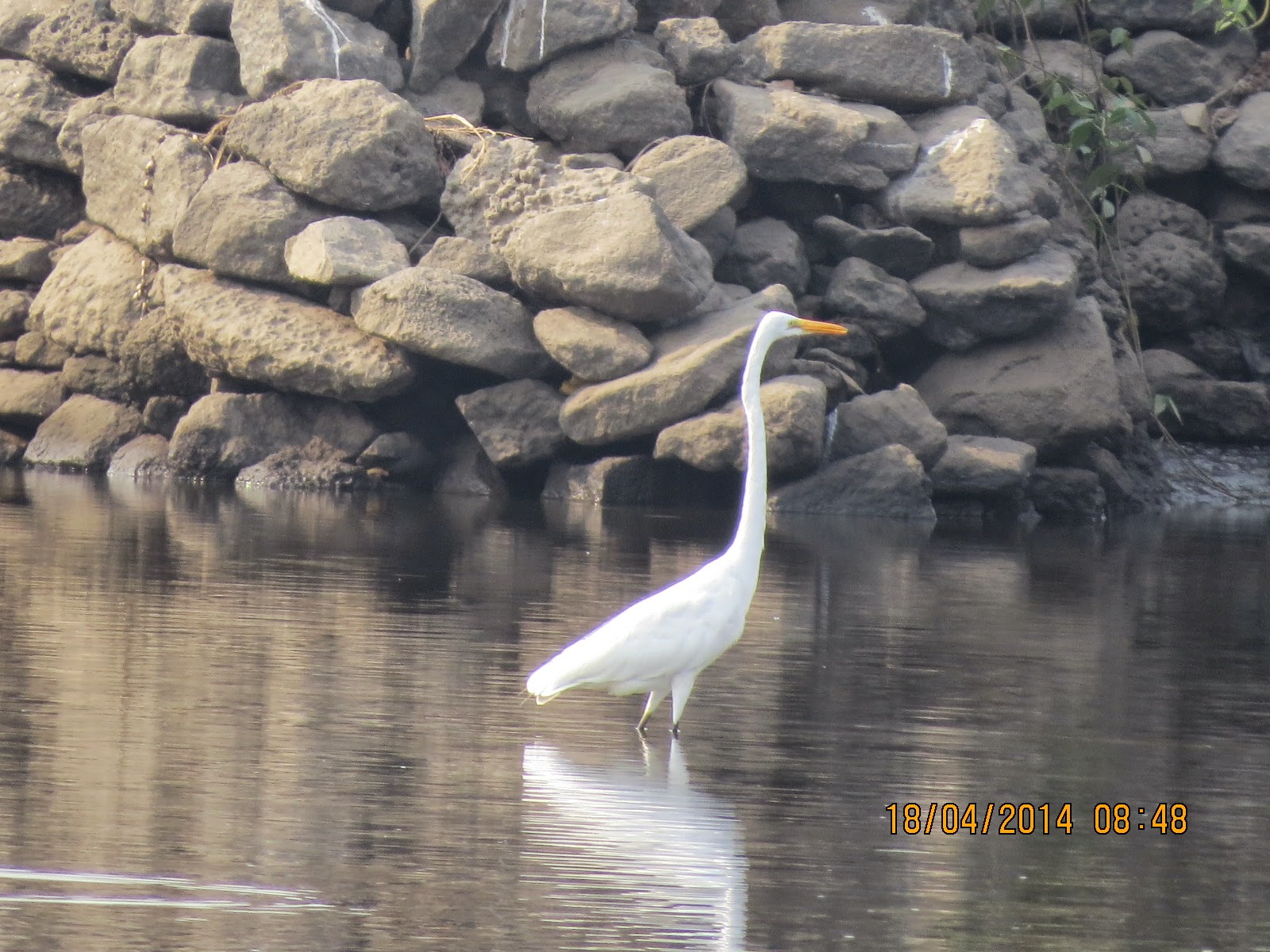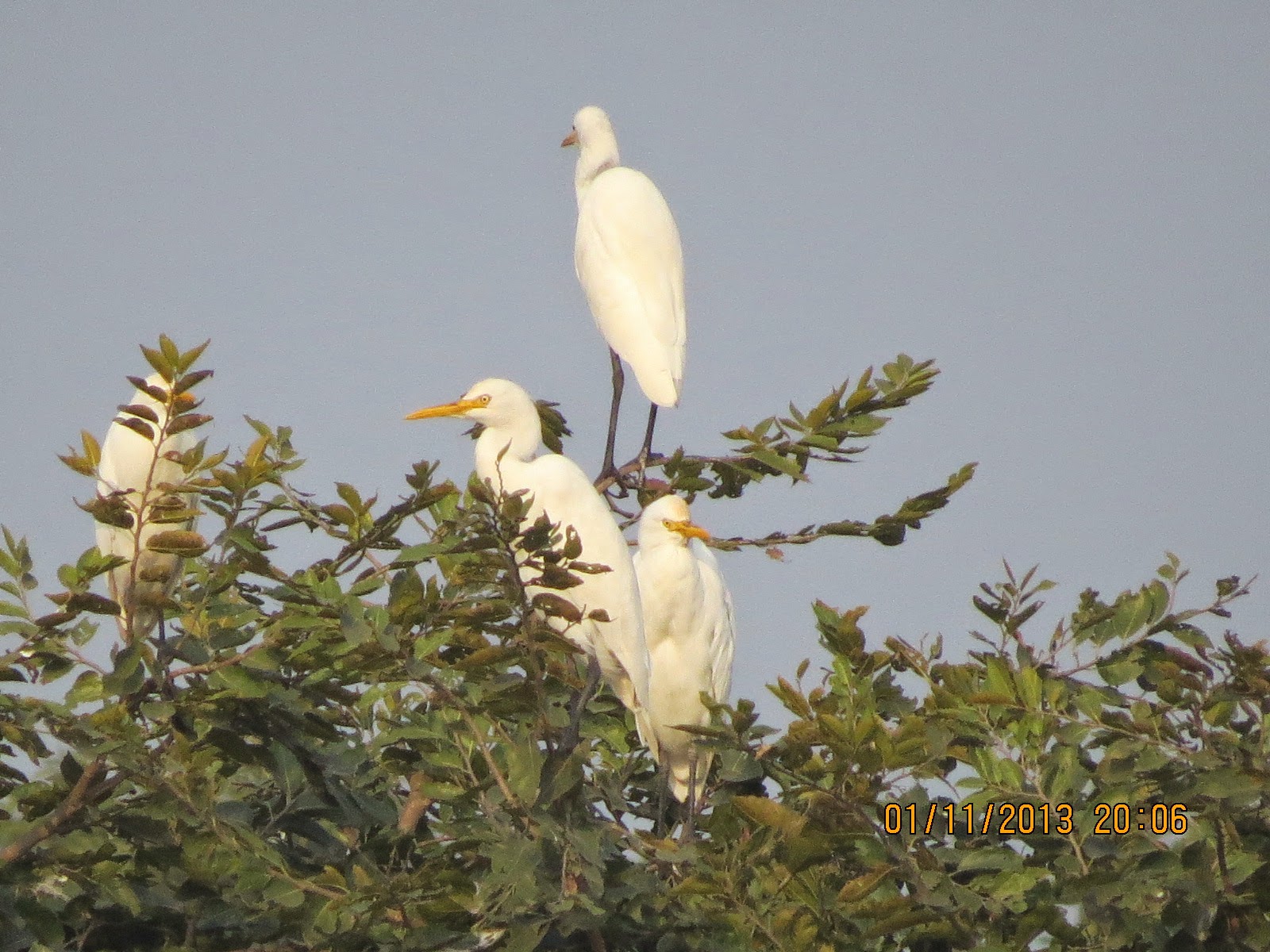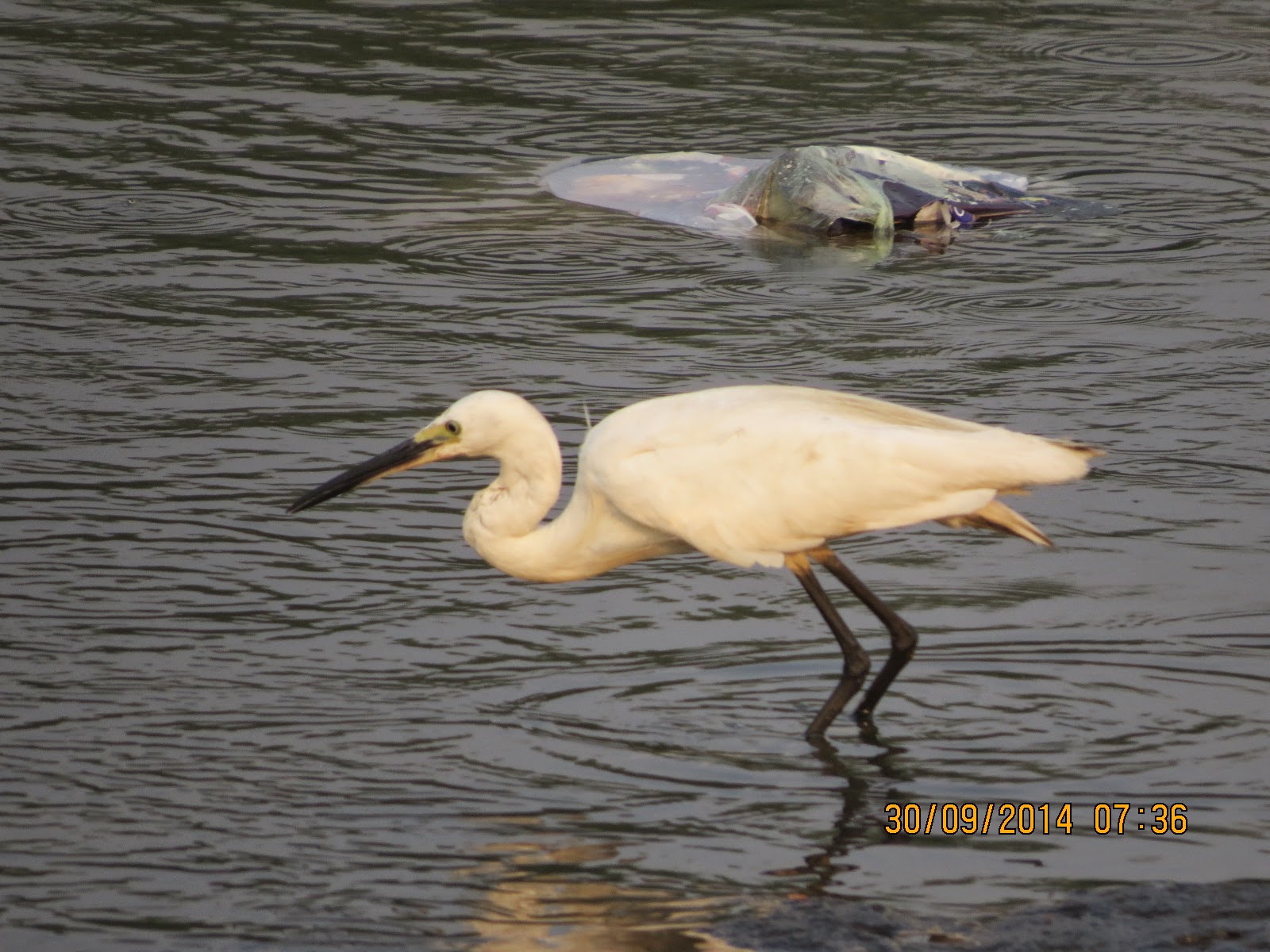The Asian koel (Eudynamys scolopaceus) is a
is a large, long-tailed, cuckoo measuring 39–46 cm (15–18 in) and
weighing 190–327 g.
Asian koel maleKoels usually lay only an egg or two in a single nest but as many as seven to eleven eggs have been reported from some host nests. A female may remove a host egg before laying. Eggs hatch in 12 to 14 days. The young koel does not always push out eggs or evict the host chicks, and initially calls like a crow. The young fledge in 20 to 28 days. Unlike as in some other cuckoos, the young do not attempt to kill the host chicks,
Asian koel Female
The male of the nominate race is glossy bluish-black, with a pale greenish grey bill, the iris is crimson, and it has grey legs and feet. The female of the nominate race is brownish on the crown and has rufous streaks on the head. The back, rump and wing coverts are dark brown with white and buff spots. The underparts are whitish, but is heavily striped.
They are very vocal during the breeding season , with a range of different calls. The familiar song of the male is a repeated koo-Ooo. The female makes a shrill kik-kik-kik... call. Calls vary across populations.
photograps are snaped in Lodha heaven dombivili east thane, Maharastra













































